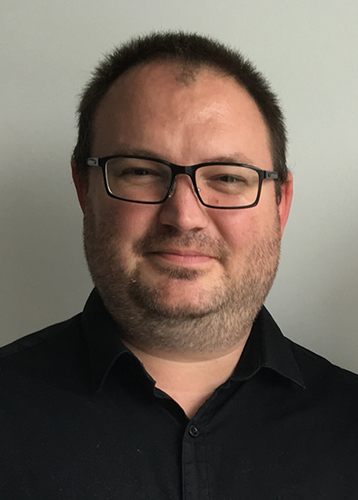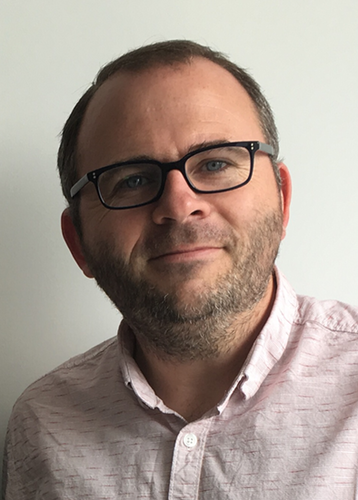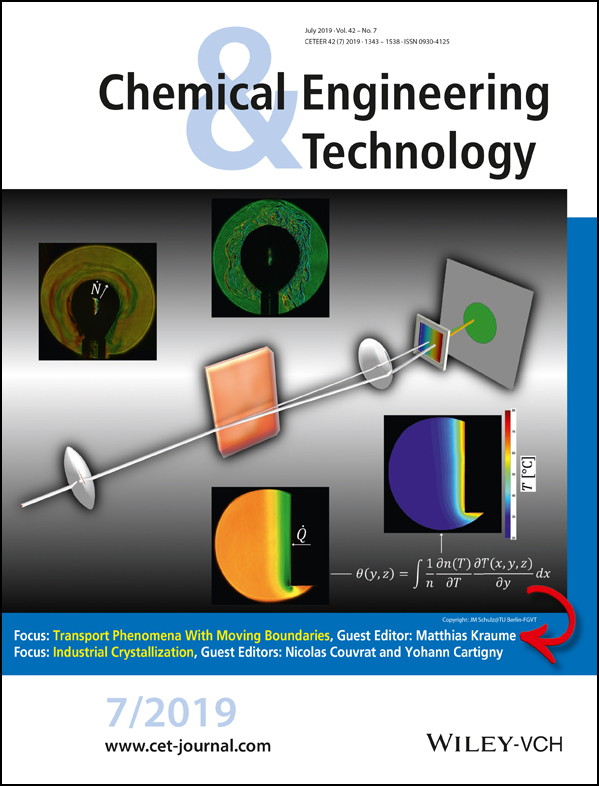Industrial Crystallization: Increasingly Unavoidable These Days
Abstract
No abstract.
Among the large variety of separation techniques, crystallization is one of the most affordable, effective, and well-developed technology. High-value products require high purity, controlled particle size distribution, and reproducible batch production. In this framework, crystallization is a key technology for industries to control their products in terms of crystal purity, crystal shape as well as the desirable crystal structures (polymorphism, solvates, co-crystals, etc.).
This special issue of Chemical Engineering & Technology gathers a collection of 14 papers, originally presented during the 25th edition of BIWIC – International Workshop on Industrial Crystallization held in Rouen, France, in September 2018 under the hospice of the crystal genesis unit of the SMS laboratory. These articles, from researchers scattered all over the world, illustrate the active research topics in industrial crystallization. Indeed, the readers will see the great variety of topics that have been covered at the workshop. The subjects range from inorganic substances to pharmaceutical and organic compounds, which is the focus of many studies due to the high added values of the purified products. Moreover, the design of robust crystallization processes requires advanced technologies. Therefore, these contributions display the recent advances in terms of thermodynamics/kinetics-optimized processes, PAT (process analytical technology) developments, and inline technologies to enhance tailor-made crystallization pathways. Finally, the improvement of industrial processes with the help of modeling and simulation offers new possibilities to increase productivity and quality of the crystallized substances.
The future of crystallization is for sure devoted to the development of continuous processes. The switch from classical batch mode to continuous will help increase productivity, reproducibility, and cost-effectiveness. Even though the continuous mode is still in the early stages of development from an industrial point of view, some of the studies presented here may constitute a preamble to the development of this promising evolution.
The next edition of the BIWIC meeting will be held in Rayong, Thailand, in August 2019, and there is no doubt that it will confirm the abovementioned trends as well as the strong activity of the community.
Dr. Nicolas Couvrat & Dr. Yohann Cartigny Crystal Genesis Unit – SMS Laboratory University of Rouen-Normandy






